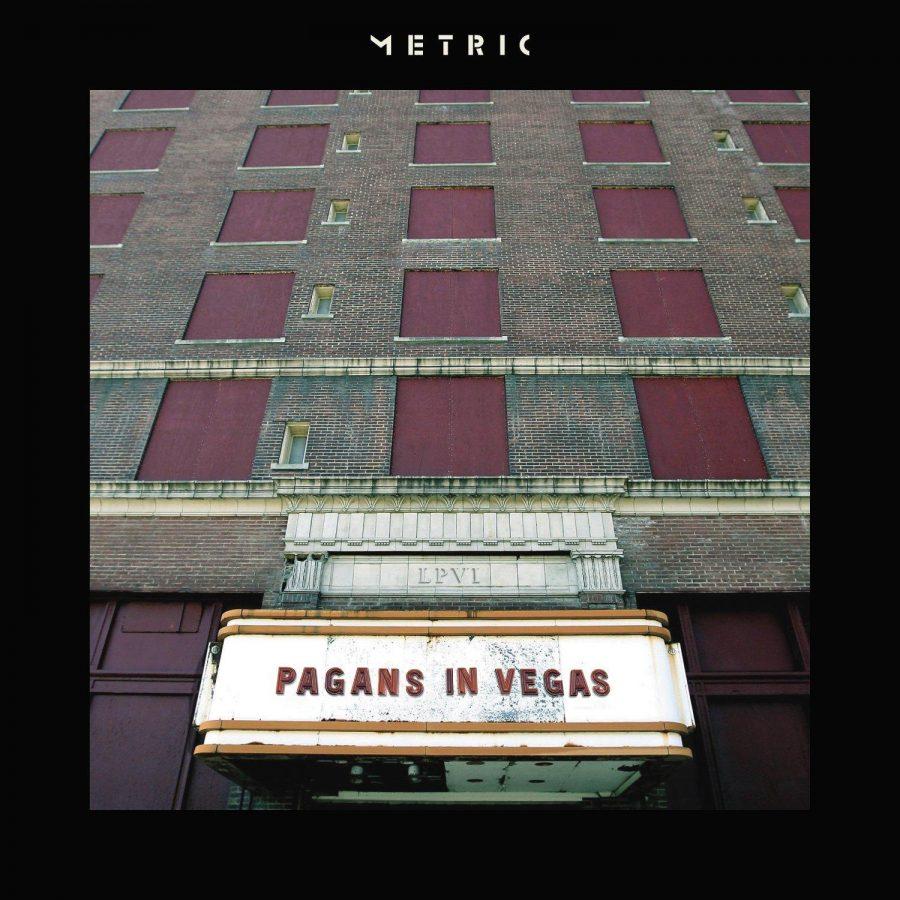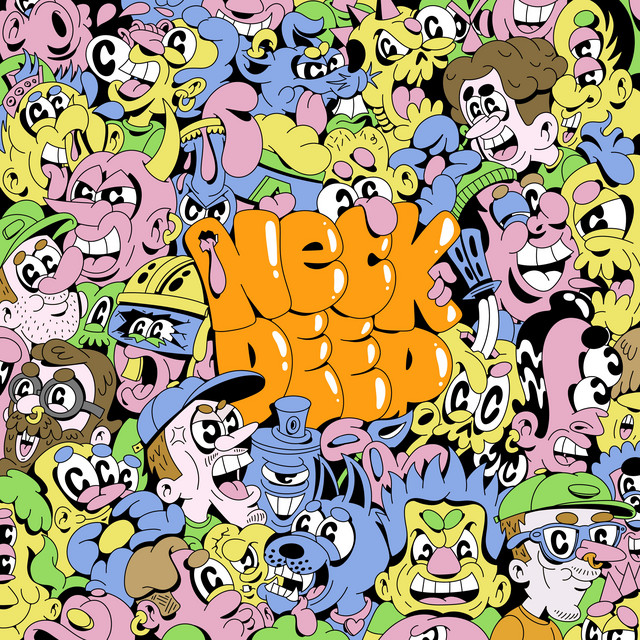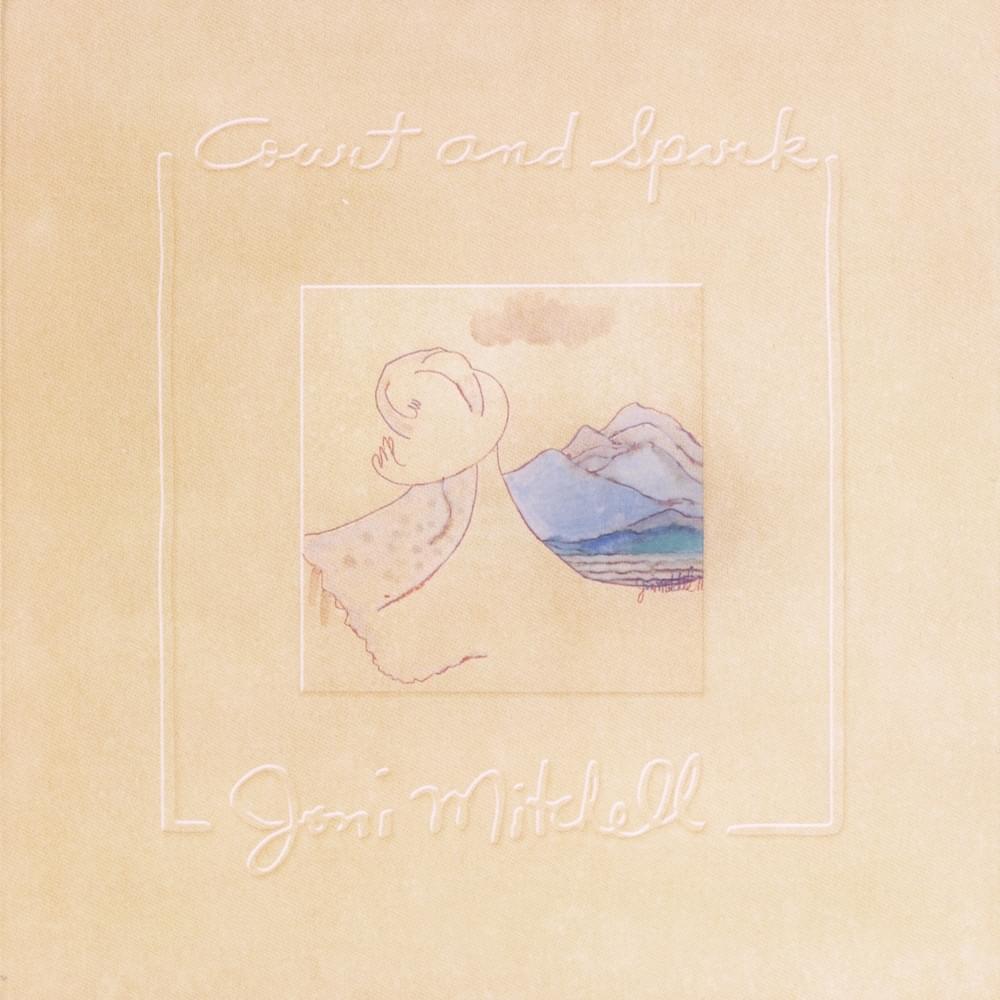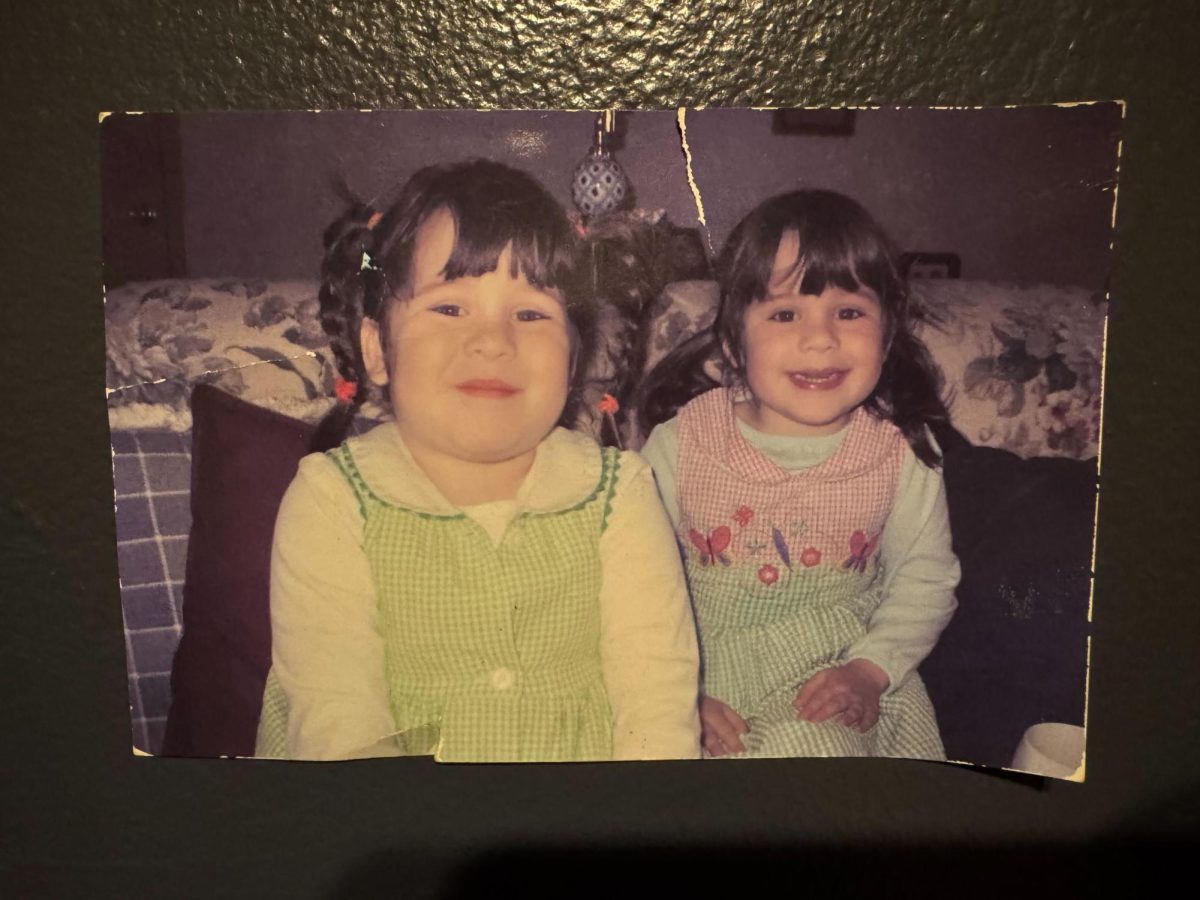Canadian new wave favorite Metric released their sixth album Pagans in Vegas on September 18. Seeing as the band has not released anything new since 2012 with their fifth album Synthetica, this album has broken the wait. But was it worth it?
[su_pullquote align=”right”]“…although the tone may have changed, Metric’s lyrics still remain as abstract and quirky as ever.”[/su_pullquote]Well, what I can say is if you were waiting for a new album to confirm a darker view of the world with angular guitar riffs and twisted skepticism, per the classic standard of Metric’s past albums, then your mood may be slightly darker than it was before listening to Pagans in Vegas. But, if you are just happy that the band finally released a new album, then you may be pleasantly surprised by the new hopeful tone the lyrics take on. Either way, there is no need to worry, although the tone may have changed, Metric’s lyrics still remain as abstract and quirky as ever.
Maintaining somewhat of a tradition, Pagans in Vegas still fills the ears with plenty of eerie synth just as their prior albums have. Although the band still kept with aspects of their signature sound, Pagans in Vegas is almost a mix between modern synth and sounds of the early 2000s. This album provides the listener with music more suitable for dance-floor grooves than casual bedroom jamming.
[su_pullquote]“Although it may not be indie, the highlight of the album comes from the track “The Shade”, which could definitely be considered one of the best pop tracks of this year.”[/su_pullquote]From the pounding opener “Lie Lie Lie” to the two-part instrumental “The Face” that closes it out, Pagans in Vegas keeps a strong but consistent tone. Picking up on Emily Haines’ signature vocal patter and a heavy kick drum, this is definitely a Metric album. Although it may not be indie, the highlight of the album comes from the track “The Shade”, which could definitely be considered one of the best pop tracks of this year. An even bigger surprise comes later in the album with the track “Other Side” when guitarist Jimmy Shaw takes lead vocals in a performance in which his adolescent tenor sound makes it seem as if Neil Young collaborated with Tanlines.
Overall, this album shows the band’s attempt at musical growth, while still exemplifying their signature stubbornness against the mainstream pop industry.














